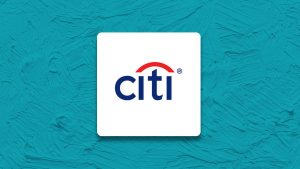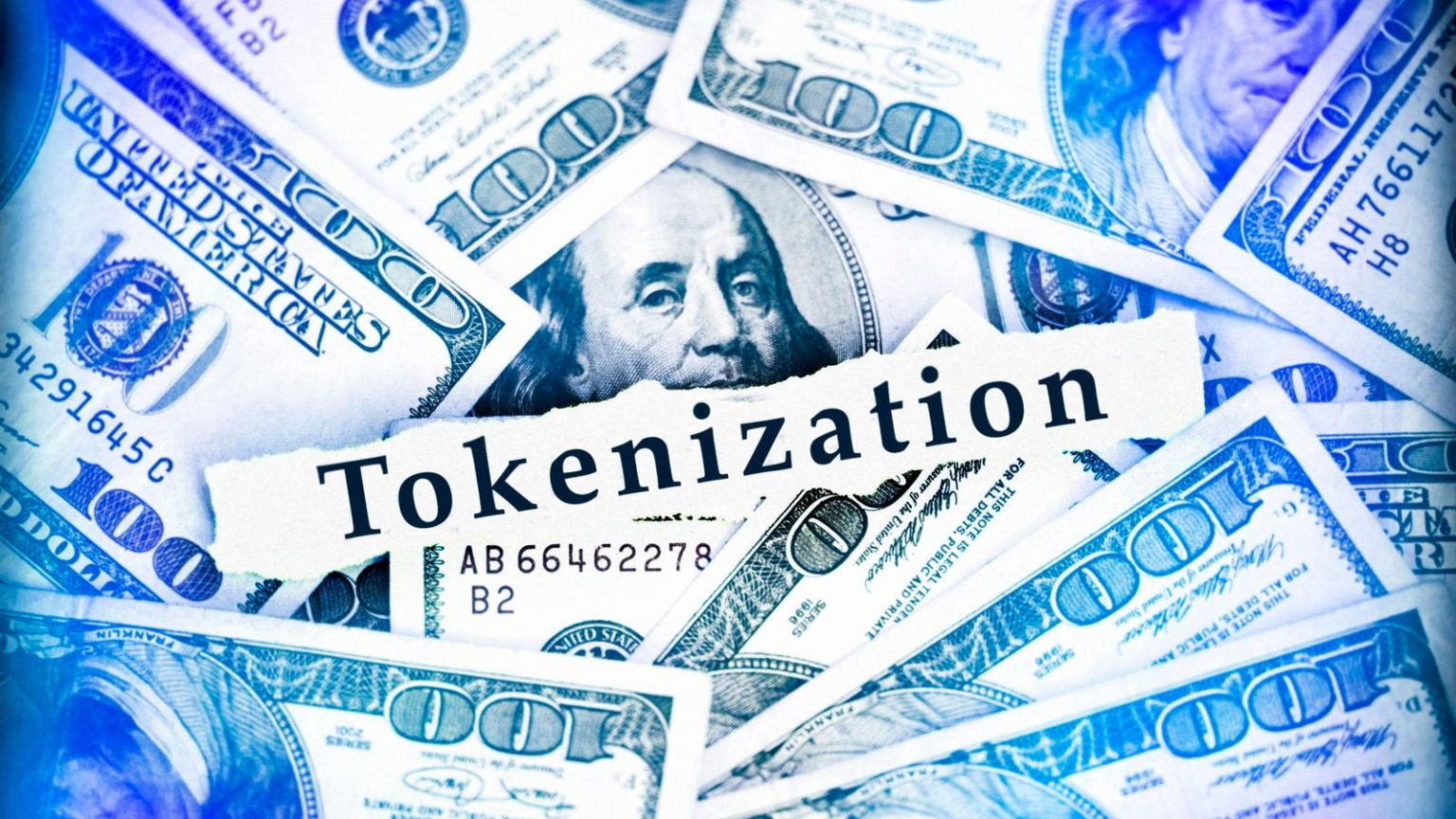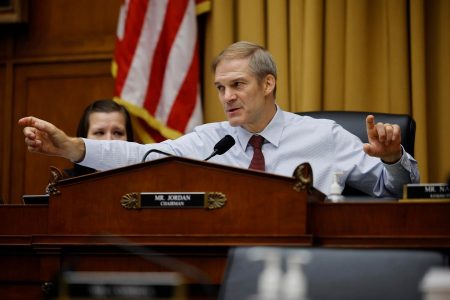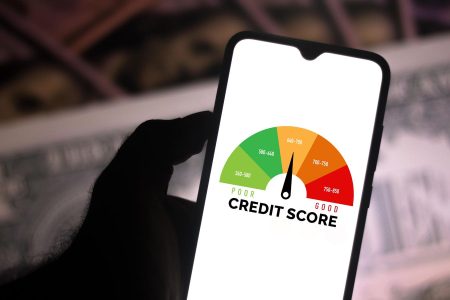The world of finance is on the brink of a seismic shift as cryptocurrencies and blockchain technology revolutionize how we perceive and interact with assets. Institutional investors and traditional finance giants, recognizing the transformative potential of these technologies, are actively exploring real-world applications to unlock new opportunities and markets. Among the most promising innovations is asset tokenization, a process that converts real-world assets into digital tokens on a blockchain. Digital Asset Manager 21.co estimates the market for tokenized assets could reach a staggering $10 trillion in a bullish scenario and $3.5 trillion in a conservative outlook. As asset tokenization gains traction, it prompts a critical inquiry: How will this innovative approach reshape traditional finance and create new avenues for growth and investment? The answer lies in the profound implications of asset tokenization, which promises to democratize access to previously illiquid assets, streamline financial processes, and redefine the very nature of ownership in the digital age.
The Rise of Bitcoin Exchange Traded Funds (ETFs): In a striking testament to the burgeoning appeal of cryptocurrency, Bitcoin recently surpassed the $70,000 milestone, fueled by the introduction of spot ETFs. Amidst unprecedented enthusiasm for crypto assets, a remarkable $12 billion has flowed into these investment vehicles within just 90 days, underscoring the substantial demand for exposure to the world’s leading cryptocurrency. This enthusiasm is echoed by the wealth management industry in the US, which manages a colossal $47 trillion in Assets Under Management (AUM) and has recently started providing clients with exposure to Bitcoin
BTC
Blockchain: The Bedrock of Innovation
Leading global institutions are beginning to recognize the revolutionary potential of blockchain technology, which extends far beyond the headline-grabbing price fluctuations of cryptocurrencies. The most potent value of blockchain lies in its ability to decentralize and democratize systems, enable peer-to-peer transactions, and ensure secure, immutable record-keeping. Blockchain-distributed ledgers, smart contracts, and cryptographic algorithms form the bedrock technologies empowering dApps to disrupt industries, create new markets, streamline processes, and establish unprecedented standards for trust and transparency; by eliminating intermediaries and enabling atomic settlements, these technologies unlock efficiencies, thereby delivering significant financial savings for businesses and consumers alike. Underlying blockchain networks such as Bitcoin (BTC), Ethereum (ETH), Solana (SOL), Binance (BNB), Ripple (XRP), and more serve as the foundational layer upon which a wide range of financial services and applications can be built and deployed, akin to how TCP/IP and POP3/SMTP protocols form the backbone of the internet and enable the creation and commercialization of internet-based services.
Industry research predictions suggest that the asset tokenization sector, a rapidly evolving and exciting new frontier, is poised to grow into a multi-trillion-dollar industry. Stablecoins, primarily tokenized U.S. dollars like USDC
USDC
Real-world asset tokenization (RWA) transforms tangible assets—real estate, precious metals, art, collectibles, and more—into digital token securities, acting as a proxy for whole or fractional ownership of the underlying asset. This innovation simplifies the transfer process, boosts asset ownership mobility, and enhances payment and distribution efficiency, providing diverse financial benefits throughout the transaction’s lifecycle. Tokenized assets can securely and seamlessly traverse the expansive, borderless decentralized blockchain network, laying the groundwork for open marketplaces that link global markets, investors, and asset owners. Furthermore, they enable asset owners to engage in decentralized finance (DeFi) ecosystems, leveraging associated infrastructure and tapping into services such as decentralized lending, collateralization, cross-border trading, and capital optimization. The wide applicability of asset tokenization across various categories—including real estate, private capital markets, asset-backed securities, money market funds, ETFs, intellectual property, and fixed income—indicates a potentially limitless Total Available Market (TAM) for tokenization.
Blockchain innovations play a crucial role in the tokenization and fractionalization of RWAs, programmatically enforcing rules and revolutionizing asset management and investment practices. Reflecting on this, Ritesh Kakkad, Co-founder of XDC Network, highlighted Blockchain’s universal impact, stating, “Blockchain is an absolute game-changer for business inclusion because it goes beyond borders, countries, and everything else. We like to think that XDC
XDC
Recent trends show asset tokenization making investments more fluid and accessible across various sectors. Real estate platforms like RealT offer digital tokens for fractional property ownership, while Maecenas and OpenSea enable fractional investments in high-value art. Paxos Gold (PAXG) and Tether Gold (XAUT) provide investors with indirect ownership of physical gold through tokenization. JPMorgan has leveraged tokenization in the repo market to enhance short-term financing efficiency and security. The European Investment Bank’s digital bonds on the Ethereum
ETH
Major financial institutions, including Goldman Sachs
GS
BLK
The Blockchain Tokenization Process
The tokenization process is a complex, multi-faceted journey that involves navigating technical, legal, and regulatory landscapes. It begins with selecting the asset to be tokenized, followed by crafting a legal and compliant structure that adheres to relevant securities laws and regulations. The tokenized asset is then integrated with trading platforms to provide liquidity for investors. After tokenization, ongoing asset management and governance are critical to maintaining the tokenized asset’s integrity and value, including tasks such as valuation, dividend distribution, and investor relations. Throughout the process, regular audits and technological upgrades are essential to ensure the security and transparency of the tokenized asset, with blockchain technology, smart contracts, and tokenized securities playing a crucial role in programmatically enforcing predefined rules and restrictions.
The XDC Network, a premier asset tokenization platform, provides comprehensive tools for creating security tokens that represent ownership of both physical and digital assets, ensuring adherence to securities laws. It boosts asset liquidity with fractional ownership and streamlines secondary market trading, making asset transfers more cost-effective and less complex. With its scalability and the use of smart contracts, the XDC Network supports immediate tokenization, meeting regulatory standards. It facilitates a wide range of services, including NFTs, fractionalized assets, and DeFi protocols, catering to a diverse audience. Powered by the EVM Network, it delivers over 2,000 transactions per second affordably, establishing itself as a reliable asset tokenization solution.
Furthermore, the XDC Network plays a crucial role in trade finance, addressing the $2.5 trillion gap in this sector. Its robust infrastructure, backed by 108 Master nodes, guarantees rapid and secure transactions. Its commitment to sustainability is highlighted by an energy-efficient consensus mechanism. Overall, the XDC Network serves as a key bridge between digital and physical assets, providing an efficient, sustainable, and widely accessible tokenization platform.
A New Financial Frontier
Asset tokenization stands at the precipice of a financial revolution, poised to transform the very fabric of our economic landscape. As the boundaries between traditional finance and the digital realm blur, tokenization emerges as a powerful catalyst for change, offering a new paradigm for investment, ownership, and value creation. By democratizing access to previously illiquid assets, enabling fractional ownership, and leveraging the power of blockchain technology and smart contracts, tokenization has the potential to create a more inclusive, transparent, and efficient financial system. As the regulatory landscape evolves and more institutions embrace this technology, we stand on the cusp of a new frontier in finance – one that promises to unlock unprecedented opportunities for growth, innovation, and economic empowerment. The rise of asset tokenization represents a fundamental shift in the way we conceive of value, ownership, and economic participation, and its impact will be felt for generations to come.
Read the full article here










